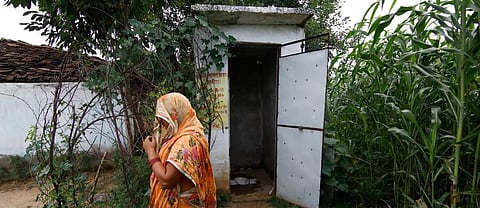Swachh Bharat Mission: An outstanding achievement, but challenges remain
The Swachh Bharat Mission-Gramin (SBM-G) was a remarkable programme. Nowhere, to my knowledge, has there been a rural sanitation programme that has combined political priority with resources on such a big scale. The administrative drive from the Centre was exceptional.
The Mission faced the pressure of reporting both toilet coverage and behavioural change. But in some outstanding districts, the actual physical achievements have been beyond what might have seemed possible. Reported toilet coverage has increased dramatically at a historically unprecedented rate.
However, on-ground studies show that many of the achievements claimed were inflated, the quality of toilets constructed left much to be desired, and local level malpractice — much of it now hidden safely in toilet substructures — were extensive.
Several challenges still need to be faced to achieve a swachh Bharat. The massive task is to include people who still lack toilets, overcome partial toilet use, and retrofit toilets which are not yet sustainably safe.
There is a time bomb of rural and small town faecal sludge management as tanks and single pits fill up and are difficult to empty. But solid and liquid waste management is now receiving the much deserved attention. Children’s faeces and hand washing are in the frontier.
Often unrecognised, there has been an unprecedented creative multiplicity of initiatives in SBM-G, many at the district level. These have generated an unstoppable momentum of social and behavioural change. Innovations have proliferated.
Methodologies evolved like the national Swachhathon to crowd source innovations; Rapid Action Learning Workshops for lateral sharing of experiences, immersive research for ground truthing; and now CLNOB (Community Leave No One Behind) to facilitate communities to reach and support those behind — people with disabilities, the old and infirm, the very poor and weak, migrants, marginalised, and others.
Let’s hope that future historians see SBM-G as a watershed, an irreversible tipping point towards a cleaner and healthier rural environment in which children can grow to their full potential.
Robert Chambers is a professor at the Institute of Development Studies, University of Sussex
Views expressed are the authors' own and don't necessarily reflect that of Down To Earth


